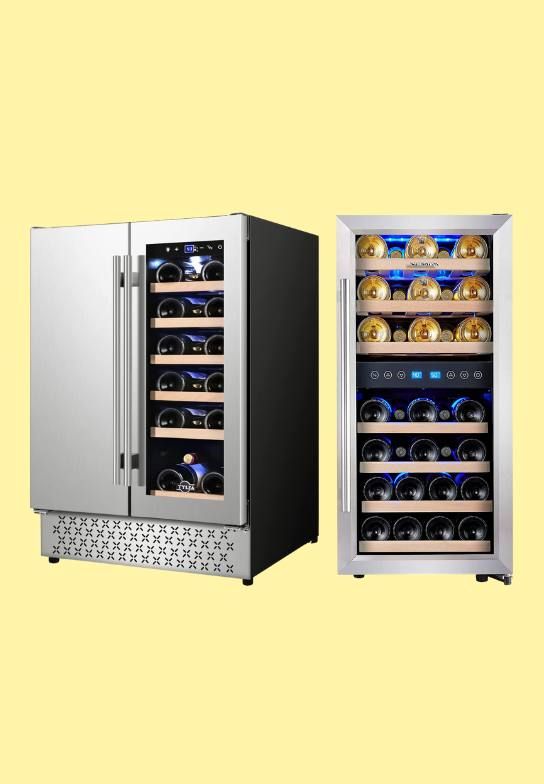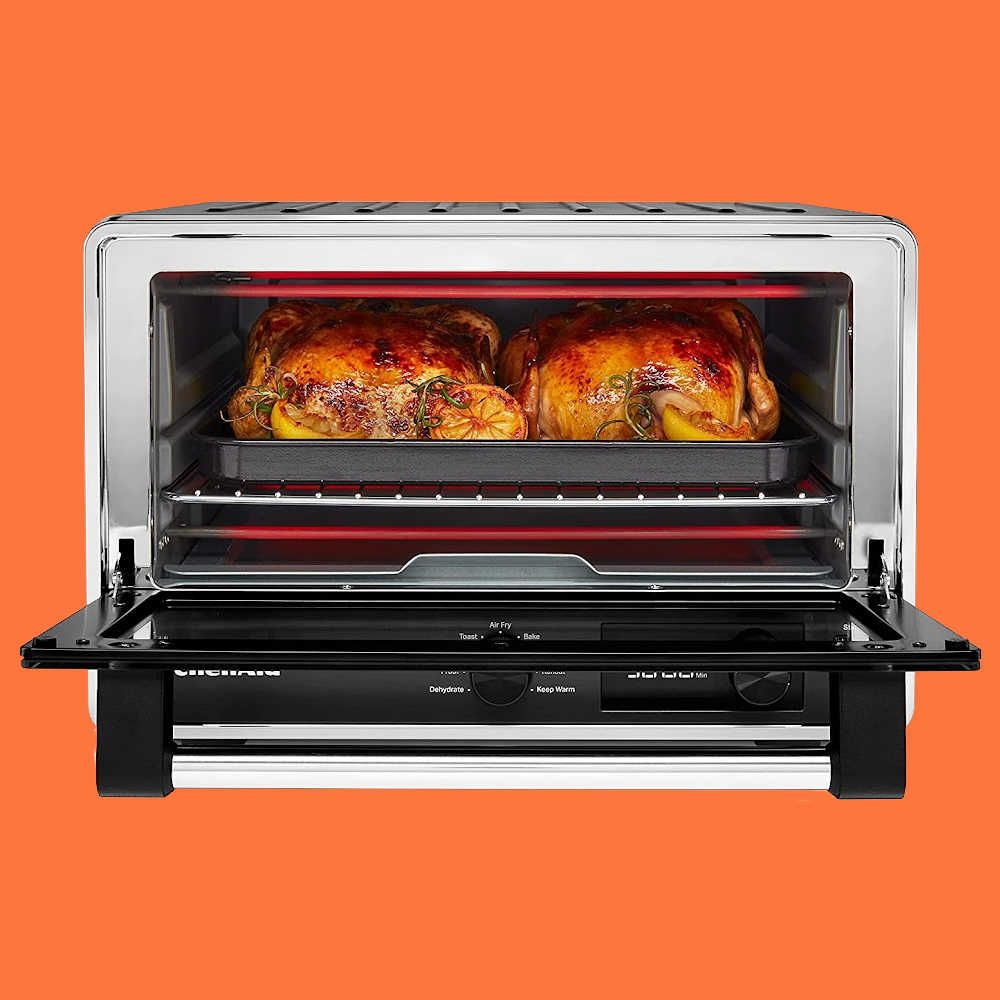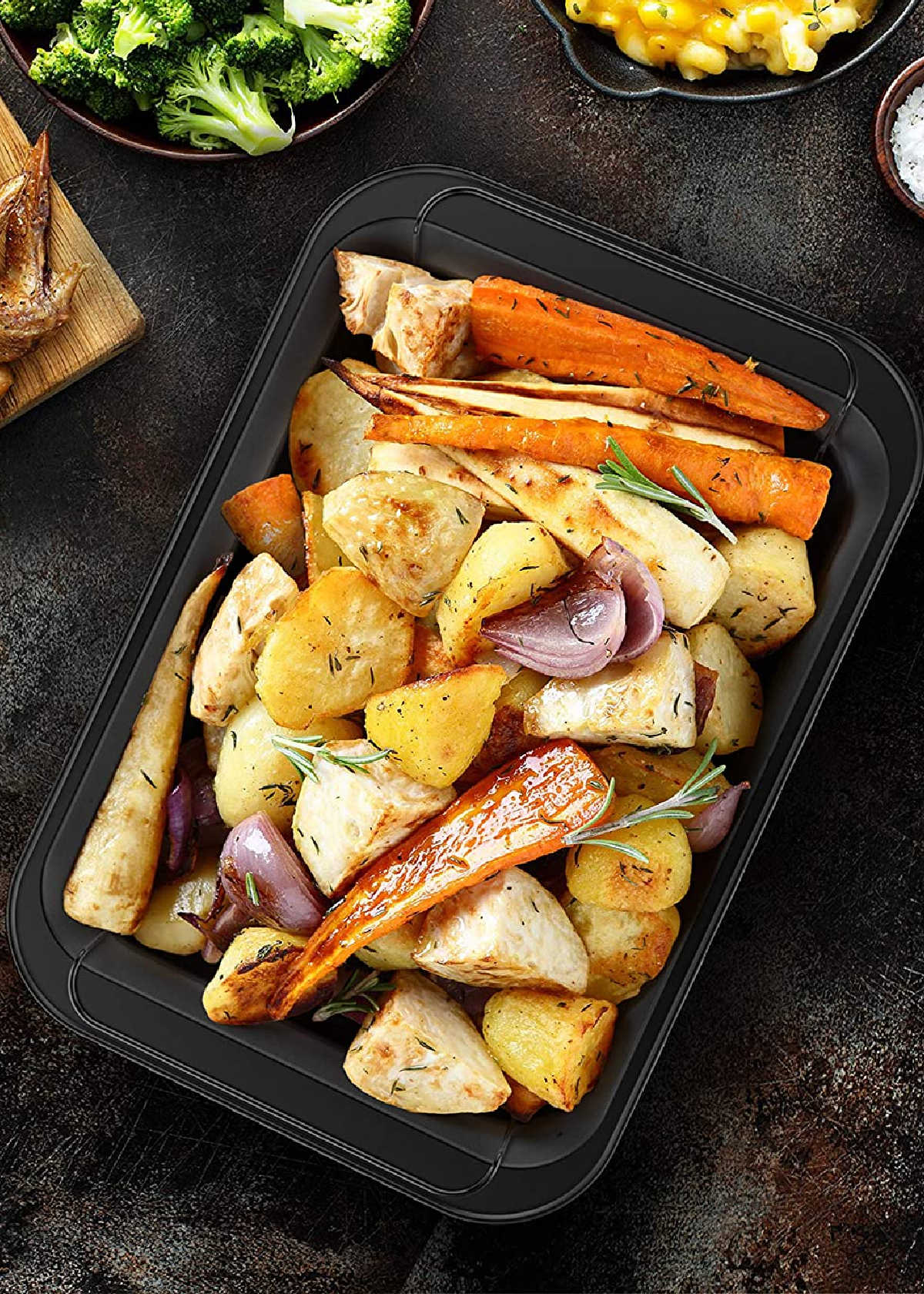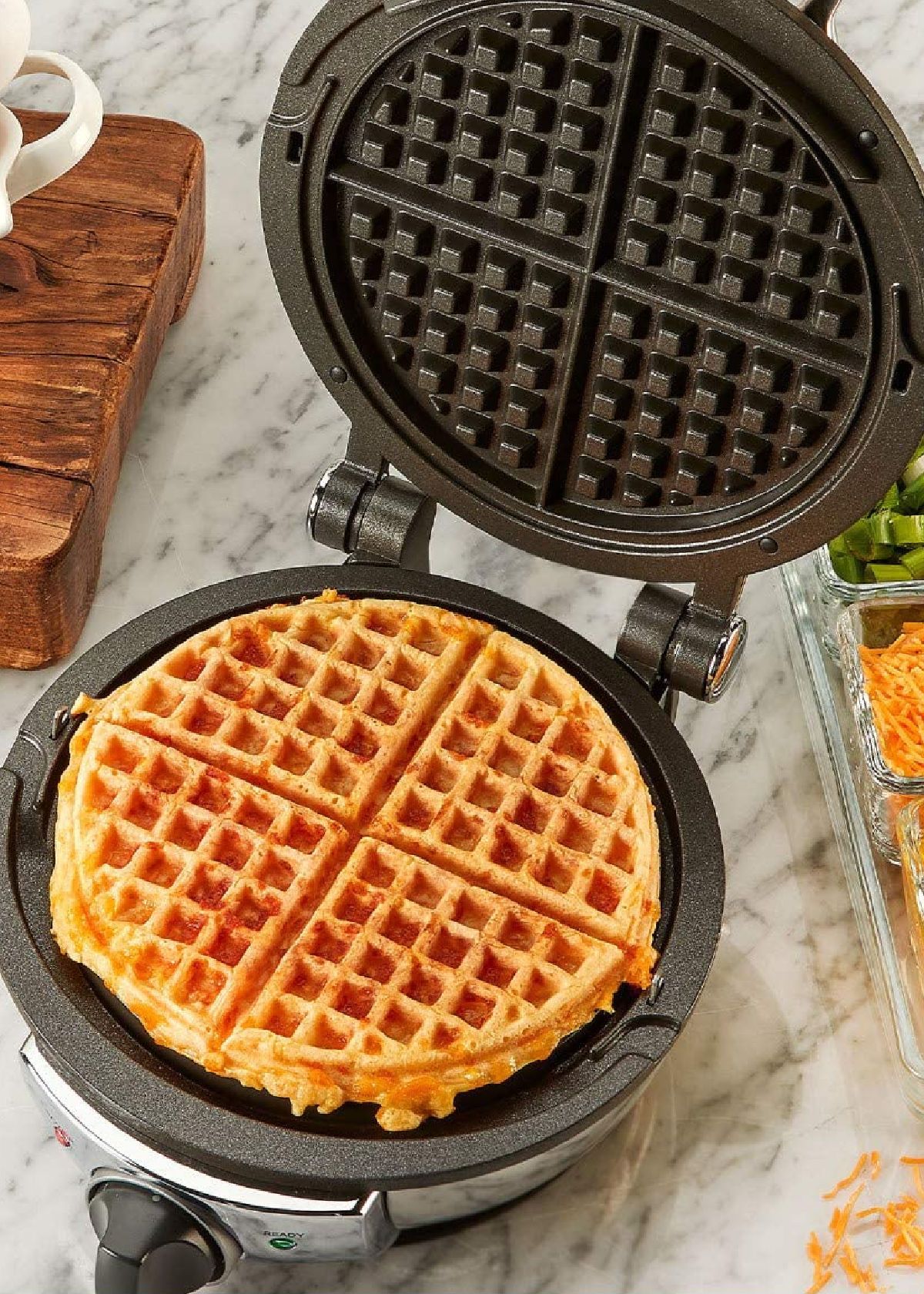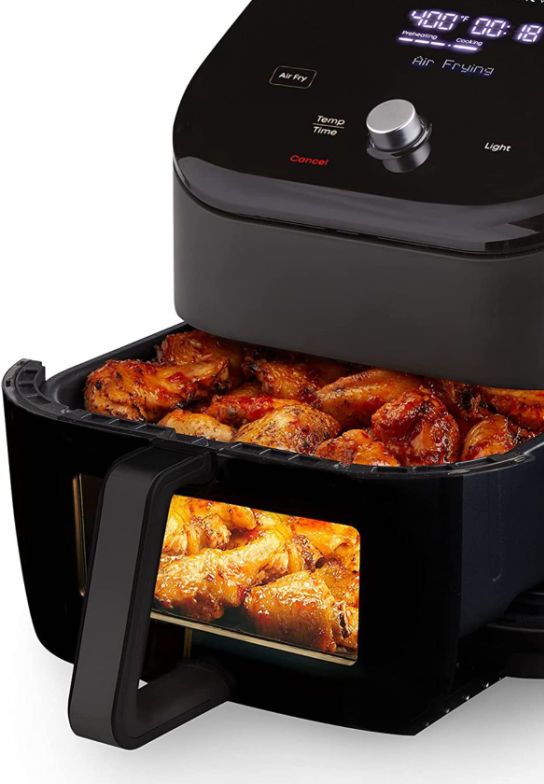Content Summary
Wine lovers understand the significance of keeping their bottles at the perfect temperature. That's why investing in a quality wine fridge is crucial for those who love their wine collection.
Choosing between a built-in and a freestanding wine fridge can be tough - there are pros and cons to each appliance.
This guide will help make your decision easier by breaking down the differences between the two types of wine fridges, their advantages and drawbacks, and the criteria to consider when purchasing one. Read on!


The Differences Between Built-In And Freestanding Wine Fridge
The main difference between built-in and freestanding wine fridges is how they are installed.
- Built-in wine fridges are designed to be installed into cabinets or walls, while freestanding wine fridges stand alone and can be placed against any wall or space.
- Built-in wine fridges provide a seamless design as they blend in with the rest of your kitchen or bar cabinet, while freestanding wine fridges are usually more stylish and come in various designs that can add a touch of class to any room.
1. Built-In Wine Fridges
Built-in wine fridges, as the name implies, are meant to be integrated into cabinets or other existing structures. An integrated wine cooler or fridge is built to specific measurements. It typically requires professional installation.
Pros:
- One of the most significant advantages of (fully) integrated wine coolers is that they offer a seamless look in your kitchen or entertainment space.
- They can be installed into a cabinet space or wall, saving you valuable floor space. They are designed to blend in with other appliances, giving your space a stylish, cohesive look.
- Additionally, built-in wine refrigerators typically have higher-quality insulation and are more energy-efficient since they fit flush with the wall or cabinet.
Cons:
- The main disadvantage of built-in wine fridges is that they tend to be more costly than freestanding models.
- A built-in unit requires professional installation, adding to the overall expense.
- Additionally, integrated wine fridges are not as easy to move and may not be as versatile in terms of location or size.


2. Freestanding Wine Fridges
Freestanding wine fridges are not built to be integrated into cabinetry and do not require special installation. They are designed to be placed virtually anywhere, from your kitchen to your living room or even a dedicated wine cellar.
Pros:
- If you're looking for a more affordable option, freestanding wine fridges are a good choice.
- A significant advantage of freestanding units is their versatility in terms of location and size.
- They come in various sizes and can be moved easily, making them a convenient option for those who need flexibility.
Cons:
- They take up floor space and are less energy efficient as they require more insulation.
- Freestanding wine fridges may not be the best choice for long-term storage, but for storing wine temporarily.
- These fridges may not look as streamlined and can be less aesthetically pleasing in your home.


What To Consider When Purchasing A Wine Fridge
When shopping for a wine fridge, it's important to consider a few key features.
- The size and the capacity of how many bottles it can hold. Larger wine fridges can hold more bottles but will take up more space, while smaller models may be more compact but can't store as much wine.
- Temperature range and humidity control. Wine needs to be stored at a specific temperature and humidity level, so it's important to consider the settings that each model offers.
- Noise levels. You want to make sure that your wine fridge is not too loud for your home - some models are designed with low noise levels in mind, while others can be quite loud. Built-in units have a lower noise level.
- Single zone or dual zone. Single-zone fridges keep all bottles at the same temperature, while dual-zone models have two separate compartments to store different types of wine at different temperatures.
- Freestanding or built-in. You should consider whether you want a freestanding or built-in model. Freestanding models are usually more affordable but take up floor space, while built-in fridges provide a seamless look and are more energy efficient.
- Adjustable shelving. You'll also want to consider whether the shelves in your fridge are adjustable. Some models have fixed shelves, while others allow you to rearrange and customize the layout of your bottles.
- Energy efficiency. Your wine fridge will be running constantly, so look for a model that is designed with energy efficiency in mind.
- Cost. The cost of a wine fridge can vary greatly depending on the size, features, and brand. Be sure to compare prices before making your purchase.


Freestanding vs Built-in Wine Fridge FAQs
Can you use a freestanding wine cooler as a built-in?
It is not recommended to use a freestanding wine cooler as a built-in.
- Freestanding wine coolers are not designed to be integrated into cabinetry or walls and require professional installation.
- They are typically made with lower-quality insulation and may not be as energy-efficient.
- Additionally, they are not as easy to move and may not fit flush with the wall or cabinet.
Can you use a built-in wine cooler as freestanding?
It is possible to use a built-in wine fridge or cooler as a freestanding unit.
- However, their design may not be pleasing to look at.
- You should keep in mind that built-in wine coolers usually require larger amounts of insulation and may not be as energy-efficient when used as a freestanding unit.
- Additionally, depending on the size and design of your built-in cooler, it may not be easy to move or transport.
What is the difference between a built-in and a built-under wine cooler?
The main difference between a built-in and a built-under wine cooler is their installation. Built-in models are designed to be installed into cabinet space, while built-under or under-counter models are designed to be installed underneath a counter or bar.
Additionally, their designs and measurements may vary slightly - the built-in models usually have a larger capacity and taller or wider shelves, while under-counter models are more compact.
What is the difference between a wine cooler and a wine cabinet?
- A wine cooler is designed for short-term storage of chilled wines, while a wine cabinet is designed for long-term storage of red and white wines.
- Wine cabinets are usually larger, taller, and have thicker walls, allowing them to provide a consistent temperature over a longer period.
- Wine cabinets are wine fridges made of wood, providing an elegant and luxurious look, while wine coolers are usually made of stainless steel.
Can you put a beverage cooler in a cabinet?
It is possible to put a beverage cooler in a cabinet. However, you should keep in mind the size and weight of your cooler before doing so, as the cabinet may not be able to support the weight.
Additionally, you'll want to make sure that your cabinet is ventilated and that the cooler is not blocking airflow. If possible, it's best to install your beverage cooler outside of a cabinet, as this will ensure proper ventilation and cooling.


Built-in wine fridges give your home a cohesive look but tend to be more expensive and less movable.

Freestanding dual-zone wine fridges are versatile in terms of location and size but may not offer as much temperature control and may be less aesthetically pleasing in your home.

So, when choosing a wine fridge, consider the size, temperature control, location, and aesthetics that you desire. With these factors in mind, you'll be able to choose the perfect wine fridge to ensure that your bottles are stored at the perfect temperature and ready to enjoy anytime.
Happy shopping!
Catchy Finds



